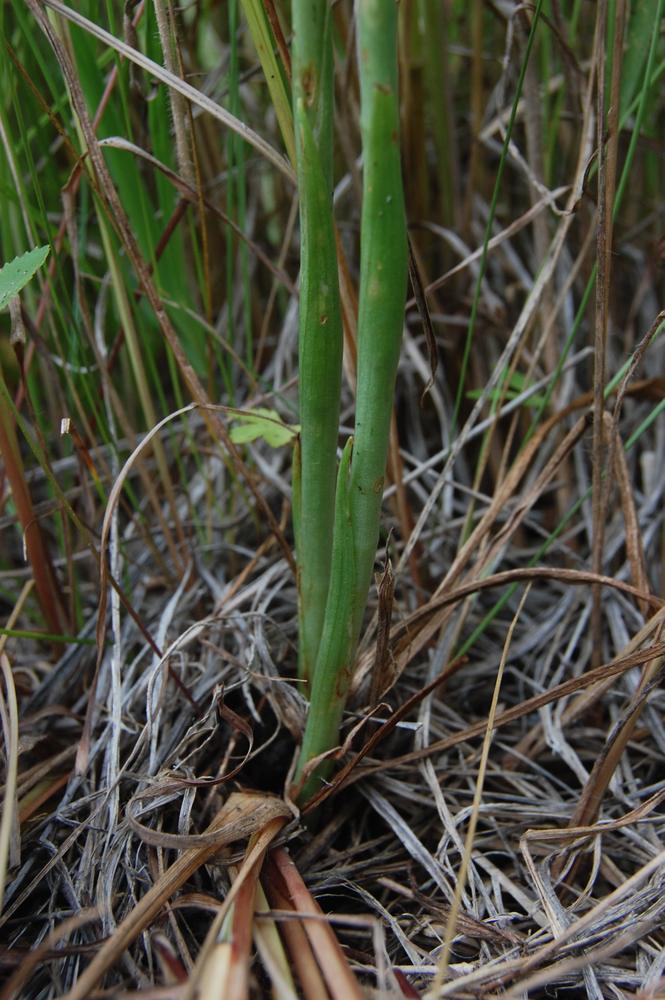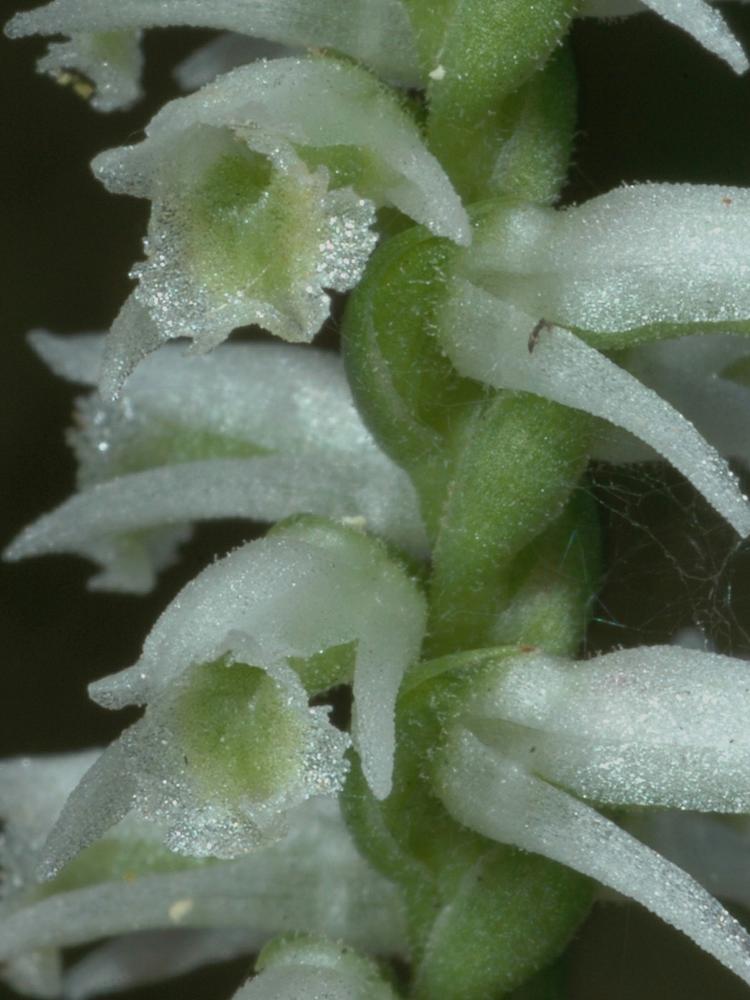The Sneakiest Orchid of Them All
Hey there CVNP-goers! Hope you’ve all been enjoying yourselves and this lovely, cool weather. Anybody out there partaking in one of NE OH’s classic Fall Hiking Sprees?
One of my colleagues shared this sweet-looking genus with me called Spiranthes or the Ladies’ Tresses. These delicate cuties are out and blooming right now and I know everybody loves a good orchid, so I figured it’d be a cool one to feature! However, when we’re talking about our precious orchids, we must be careful. Orchids are a sensitive species subject to theft by sellers and collectors.
Our ladies’ tresses, though, have been relatively safe from orchid thieves because most people don’t realize that they’re orchids. Ladies’ tresses aren’t bright and showy like a typical orchid. Although, one could argue that their spiraling flower spikes are, nonetheless, captivating.
Ladies’ tresses have basal leaves that are either grass-like or egg-shaped shape. They’ll produce one flower spike bearing small, white, tubular flowers. The spike usually blooms from the bottom up. Ohio hosts 11 Spiranthes species, 5 of which have been reported in CVNP. The three most common species that we will discuss today are oval ladies’ tresses (Spiranthes ovalis), Great Plains ladies’ tresses (Spiranthes magnicamporum), and slender ladies’ tresses (Spiranthes lacera). Below, we’ll talk about their identifying characteristics. Most of my information will come from my trusty Newcomb’s Wildflower Guide, John Hilty’s amazing Illinois Wildflower Guide online, and the North American Orchid Conservation Center.
Oval ladies’ tresses (Spiranthes ovalis):
Oval ladies’ tresses have 1-2 smooth, basal leaves that are usually lanceolate in shape. Sometimes, this plant also bears alternately attached leaves that ascend its flower stalk. The flower stalk can be 3-12” tall. It is hairless at the bottom and gets hairy as you ascend the stalk. Flowers are attached to the stalk tip in a double spiraled spike. The white flowers are tubular, curved, and nodding. Many bee species visit this flower for nectar and herbivores will eat the leaves for food. These plants prefer light shade or sporadically lit patches in moist to well-drained woodlands and swamps.



Credit: Jim Fowler (for photos 1 and 2) and Jen Modliszewski.
Great Plains ladies’ tresses (Spiranthes magnicamporum):
Great Plains ladies’ tresses bear 2-3 basal grass-like leaves. These leaves will wither before the flowers begin to bloom. Great Plains ladies’ tresses flowers can be white, cream, or yellow in color. They sit on the hairy flower stalk in a tight spiral with petals curving upward. The labellum (or the orchid’s modified petal, often called a lip or beard) curves downward with an often yellow-colored center and wavy edges. You’ll find this flower in dry to moist grasslands and fens.


Credit: Katy Chayka (first and third photos) and Peter M. Dziuk
Slender ladies’ tresses (Spiranthes lacera):
Slender ladies’ tresses have 2-4 basal, egg-shaped leaves. Its flower spike is a tight spiral of small, nodding, white flowers. Slender ladies’ tresses are easily identified by the small green dots that adorn the labellum


Credit: Dave Taft, Gerald C. Williamson, and Gary Van Velsir.
If you have a passion for orchid conservation, you should check out NOCC: The North American Orchid Conservation Center. They have tons of cool resources about orchid conservation: https://northamericanorchidcenter.org/
Have fun out there this week, everybody! Stay safe and make sure you have a plan for your visit!




Comments
Add a Comment